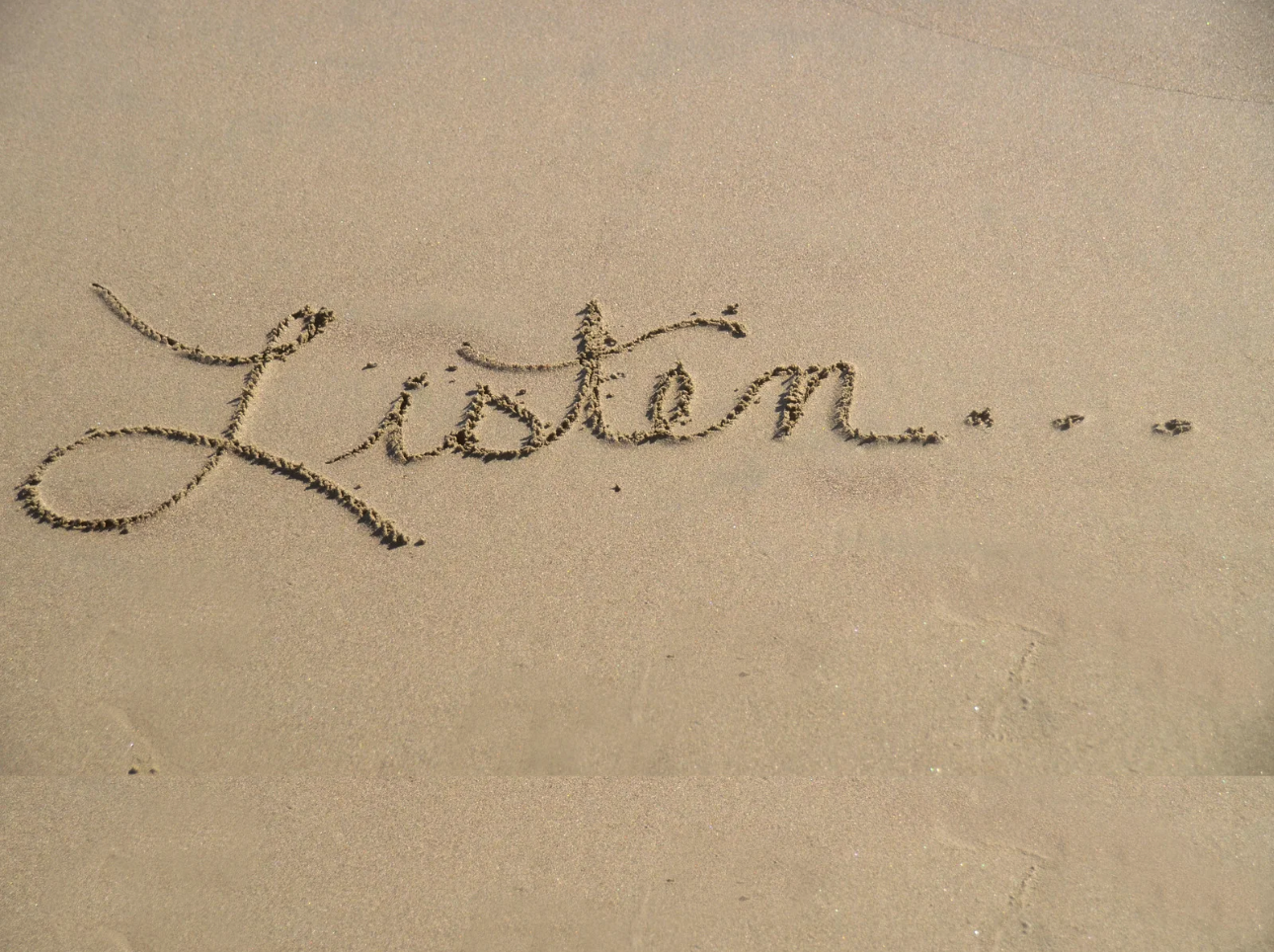Dealing with chronic pain day after day can wear on a person’s spirit and soul, especially when there seems to be no solution in sight. I know this all too well as I suffered from a deep and debilitating pain for years. It led me on a journey to find answers for myself and my patients. Now more than ever, pain is at epidemic proportions in our culture. I can provide help (and hope).
What is pain?
We define pain as any sensation or feeling that has an unpleasant or unwanted quality or intensity of experience that lasts over time. In a broad sense, these sensations can be described as sharp, dull, aching, radiating, pulsating, shooting, throbbing, cramping, burning, etc. But pain usually creeps into every aspect of our being causing great stress.
Pain is more than just physical
Not only does pain bring us physical discomfort but pain can change our mood and affect us mentally and emotionally. It can make us irritable, short-tempered and draw us inward into a protection mode of sorts. When we are in pain the mind narrows and tends to push or run away from this discomfort. We become frantic to immediately remove the pain and reach for anything that may ease the pain. Some describe themselves as having a “high tolerance for pain” while others say and experience quite the opposite.
It is our perception of pain that is quite unique and ultimately life-changing. I believe that many factors play into how pain is perceived. There are a host of physical and psychological factors that play into this, yet one crucial factor that is often ignored is how we pay attention to it. A wonderful book goes deeply into this concept called Open Focus Brain by Les Fehmi Ph.D.
It’s natural to fear the pain
When we feel pain, fear gets triggered, causing us to panic and wonder if the pain will ever stop. Fear is a natural and understandable reaction to pain, it’s not usually a conscious or chosen reaction and it’s definitely not your fault that you are in pain. However, fear activates our fight or flight response and keeps us stuck in a loop of chronic pain and stress, with one fueling the other.
According to the Pain Project, “Fear itself is made up of unpleasant sensations and can act to further compound pain. Quickly, we can find ourselves not only focusing on getting out of the pain which initially triggered the avalanche but also on an additional pain – that is, the fear. It turns out that the fear of pain can frequently become the most unpleasant part of a painful experience. When we evaluate a physical sensation as just that, it is nothing more than pain and more often than not can be tolerated. However, when we bring the fear element into the mix, it becomes something far more threatening in the primordial part of our mind, something that is a danger to our existence. The brain alarm goes off, “Hey, we need to get out of here now!”
Remove fear from the equation
There are several ways to help you move past the fear that accompanies pain. With 30 years of experience as a doctor treating pain, besides finding the root cause, a part of my role is to take the fear of the unknown out of the equation. First and foremost, it’s important to understand exactly what is going on within the body and mind. Educating my patients goes a long way. The mind wishes to understand and make sense of pain. I help by explaining the root causes of your pain. If it’s not an acute injury then most often it’s a viral pathogen that has been hanging around, often for years, aggravating the surrounding nerves. When nerves are inflamed by what is called a neurotoxin, muscles, joints, ligaments, and tendons hurt, and then the pain has an even harder time resolving.
There are a few things I suggest to help reduce pain and the fear that surrounds it. Learning to respond and work towards removing stress rather than hastily reacting to it will cause a shift, this does take practice, but with time, patience, and coaching it can be done. You can also try techniques that involve tapping, energy medicine, yoga, and visual imagery. It is important to accept what is in the moment, stay present, and remember you are not your pain. Attention to movement, even in small increments can go a long way. Turning your focus to what is good in your life and remembering the body is amazing and is always looking to come back into balance. There are also several foods, herbs, and supplements that can effectively reduce pain and inflammation.
Best foods to incorporate for inflammation/pain:
- Cranberries
- Grapes
- Kiwis
- Melons
- Pomegranates
- Asparagus
- Celery
- Cruciferous Veggies
- Cucumbers
- Leafy Greens
- Onions
- Potatoes
- Radishes
- Cilantro
- Garlic
Best herbs/wild foods for inflammation/pain:
- Lemon Balm
- Cats Claw
- Turmeric
- Aloe Vera
- Burdock Root
- Chaga Mushroom
- Nettle Leaf
- Raw Honey
- Passion Flower
- California Poppy
Getting to the root cause of pain is always most important and we must not let the fear take us over. We can learn to stop fighting, pushing away, and running from our pain. Moving towards the pain, sitting in it, becoming an observer, and mapping out a well-laid-out plan for pain relief can help move you forward bringing hope to those that suffer. Please do reach out if you are in need of help now.



.png)